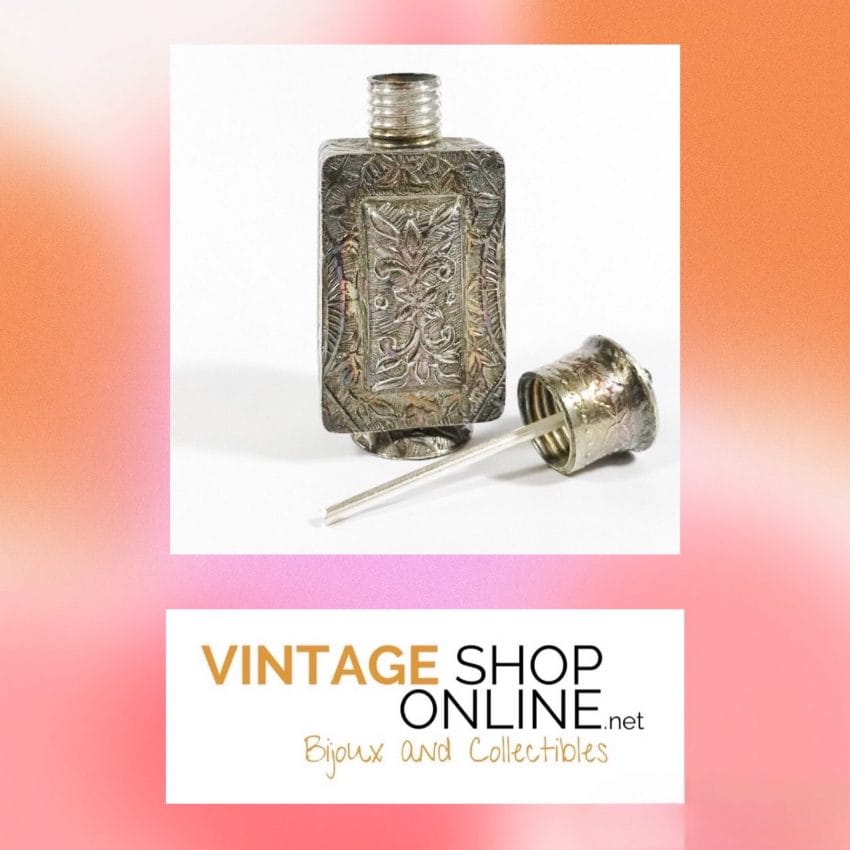GRANDMA'S SILVER AND MODERN SILVER WHY DOES IT GO BLACK?
In ancient as well as contemporary jewelry,there is a characteristic trait that unites them; the continuous search for perfection through the processing of artifacts in silver and other noble metals . The aesthetic whole and confidence in the investment are a prerogative that resists over time. The creations of jewels in particular those of Silver, are subject to blackening over time (tarnishing). This phenomenon does not deeply invest Silver and does not cause irreversible damage. Tarnishing is the set of multiple reactions that cause an alteration of the original color on the surface of the object. Among the factors that lead to the phenomenon of blackening on noble metals,there is certainly the presence of sulphates in the atmosphere; the participation of oxygen leads to the formation of silver sulphide which, combined with humidity, triggers the reaction. In addition to water and air, the ambient temperature also plays an important role in the reaction speed of the phenomenon; raising the temperature by twenty degrees C. at forty degrees C. two different types of mechanisms begin. The conditions for a wet-type attack are established first, then those of a dry environment. Even the light favors the onset of the phenomenon; but today there are lamps on the market whose ultraviolet component is decidedly negligible, therefore it does not favor the formation of harmful reactions.
PREVENTION TO PROTECT SILVER IS POSSIBLE ?
To avoid the tarnishing of Silver there are some principles with different approaches; keep the environment under control, or specific surface treatments. To prevent the phenomenon of tarnishing, the most immediate and simple are certainly the specific products to be applied on the product. There are excellent products on the market that can create a waterproof protective layer on the jewel. Some peculiarities of the product to be applied are fundamental; the protective layer must resist handling, it must be absolutely easy to apply and naturally have the right quality/price ratio. This protection is functional but not definitive; periodically it will be advisable to renew the treatment, because the oxidizing agents will thin the protective layer over time to reactivate the tarnishing. Another method of preventing tarnishing on Silver involves specific control of the environment. In this case it is essential to eliminate products that spread sulfur compounds and various dusts; this is feasible only in confined spaces or excluded from the outside. It should be borne in mind that this procedure is very expensive and complicated, therefore advisable in particular situations. There are also less complex systems but still high in cost,which take into account the constant control of temperature and relative humidity to avoid tarnishing. All this is possible for the famous Sterling Silver that we know and appreciate, whose alloy is composed of Silver (al 92,5% ) more Copper (al 7,5%).
EXPERIMENTS ON THE BLACKENING OF SILVER PHENOMENON
Some experiments have shown that if specific alloying elements are added to silver, these are able to prevent the phenomenon of tarnishing. The limit that mainly blocks this procedure is of a "commercial/economic" nature. Otherwise with the ( 40% )of Palladio, il (60% )Platinum or the (70% )Golden, tarnishing would not exist. Unfortunately, these proportions are unthinkable if you want to preserve the characteristics of the alloy such as silver and keep the cost of the jewel within the norm..
IT'S ALWAYS SILVER BUT VERY DIFFERENT: ARGENTIUM ORIGINAL (registered trademark)
This alloy consists of Silver,Copper and Germanium,has found its place on the market in the commercial sector. in its composition,a part of Copper is replaced by Germanium; without changing the production methods. The result of this new alloy is due to Peter Johns and his research. Starting in 1990 the project was developed at the Middlesex University School of Art and Design. Germanium is present in this alloy,a semi-metal that is shiny,hard and silvery white. In its natural state it is crystalline and fragile, while maintaining its appearance unchanged in the presence of natural elements such as air and water. Various experiments have demonstrated excellent tarnishing resistance properties in environments containing sulfur and UV rays, but poor resistance in environments containing Chlorine. This alloy therefore has the ability to almost completely protect the metal from the phenomenon of blackening.
TIMES CHANGE BUT NOT THE BEAUTY OF SILVER
Silver is an ancient element and the great artists have worked and interpreted it by putting all their inspiration to create fairy-tale works. In every part of the world jewels with classic or unusual shapes have been created, all absolutely fine. Beautiful necklaces in Silver enriched by corals and precious stones; simply enchanting ethnic bracelets accomplices of earrings and imaginative rings. Over all the magical touch of time,an impalpable patina that emphasizes and adorns each jewel. In conclusion, the goal of having an alloy that has good resistance to all the factors that trigger the phenomenon of blackening is still far away . The “ideal alloy” is one that fits the intended use, in my case it is the one that gives me the pleasure of finding small masterpieces, shaped by the hands of chiselling artists; that of the silvery sparkle have transmitted all the legendary charm recognizable through the handwritten signature of the time.




